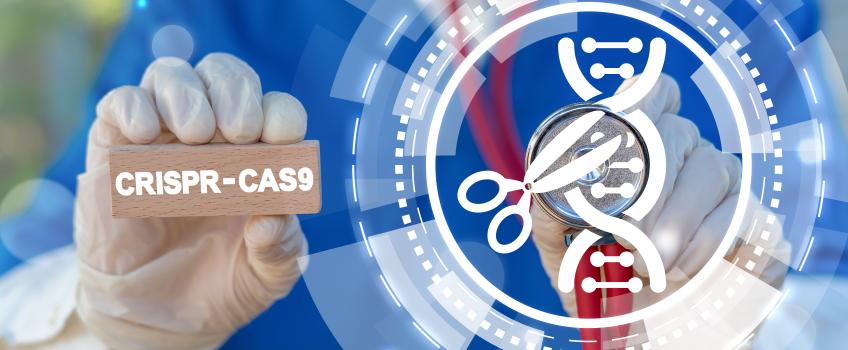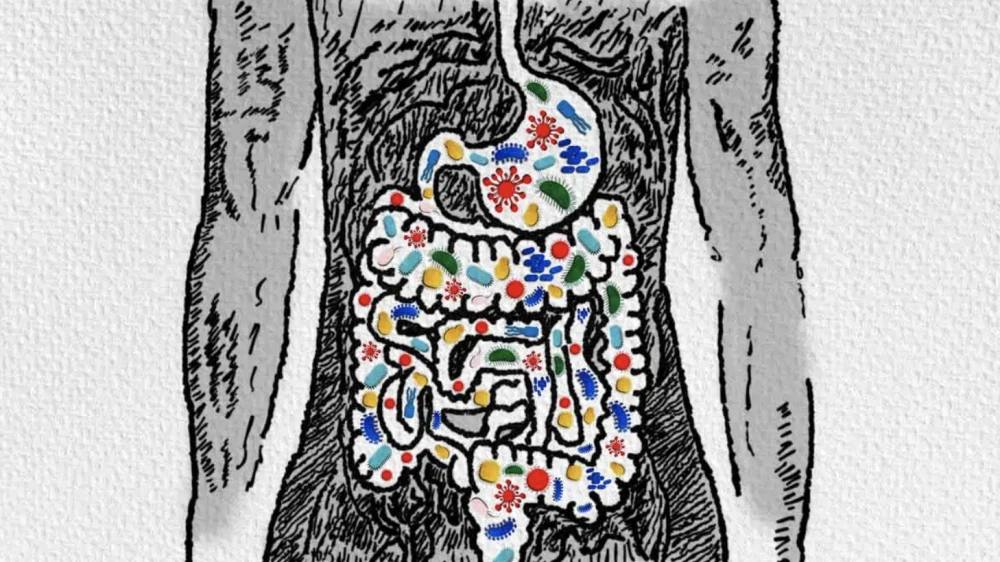Connie: My dear friends, it’s great to have you join us on this beautiful Saturday evening. Today, we will be talking about new views on recombinant probiotics. And we are glad to have invited our old friend, Dr. Leonard Hofstadter, to share with us his insight on this interesting topic. I hope you will enjoy today’s episode. Thank you for joining us, Dr. Hofstadter.
Dr. Hofstadter: Thanks for inviting me, Connie. Good evening, everyone. I’m very excited to be here.
Connie: In the last program, we discussed the beneficial effects of probiotics on host health from the perspective of molecular mechanisms. Then we talked about AMPK, a protein kinase that can regulate energy balance and cell aging. And at the end, we learned that bifidobacteria and probiotics of Lactobacillus had more effects on AMPK activity. However, the molecular effects and complete molecular mechanisms are still not clear. Overall, in the last episode, we outlined the effects of AMPK activity on these pathways and molecular targets. And for today’s episode, I know dr. Hofstadter has some new ideas on how to improve probiotics to tell us. But before you introduce these ideas, can you first let us know why people consider improving the beneficial effects of probiotics?
Dr. Hofstadter: Well, this interest in the study of probiotic activity, functionality, and health benefits has started in the last decade. Although there is speculation about the role of probiotics in improving animal and human health, most scientific evidence supports the idea that probiotics are beneficial to the body. The proven beneficial effects of probiotics have a clear picture and can be further improved. In addition, the interesting fact is that these probiotic strains can adapt to some new characteristics, which may improve their efficacy. So now more people want to know how to improve their characteristics, some of the ways are intestinal adhesion, survival under gastrointestinal conditions, and enhancing the ability to stimulate the immune system. This is the original idea of improving probiotics.
Connie: Fascinating. That our transformation of probiotics has not only improved the original function but also achieved more useful results. So, at what level is the transformation of probiotics realized? Molecules or genes?
Dr. Hofstadter: Generally speaking, it is to change the genes of probiotics. The principle used here is based on genetic engineering. You must have heard about transgenic technology. It is applied in various fields. Using it, we can improve crops, produce vaccines, food and so on. There are countless links between recombinant probiotics and genetically modified organisms.
Connie: Genetically modified organisms are definitely a very novel view. I bet the nature of regulations covering genetically modified organisms must be very complicated.
Dr. Hofstadter: Yes, of course. The nature of regulations covering genetically modified organisms can be quite complex, so one important question we need to ask is that whether the consumers will accept it. But you know, obviously, so far the acceptance rate of genetically modified food by consumers is insufficient, which eventually forces food ingredient companies to use enzymes without genetically modified substances.
Connie: Will genetically modified probiotics be potentially accepted by everyone?
Dr. Hofstadter: It’s possible. At present, EU legislation holds that strains evolved through natural gene transfer methods such as conjugation and transduction are non-transgenic. Microorganisms produced by “automatic cloning” are considered for the limited use of non-genetically modified organisms. The involvement of Engineering vectors has also been reported, as long as they are composed of DNA from the same strain or closely related strains.
Connie: It does sound complicated. Under what circumstances can we meet the conditions for microorganisms produced by “automatic cloning”?
Dr. Hofstadter: Hmm let me give you an example. CRISPR-CAS is an advanced genome editing tool. If the tool vector comes from the related species of the target strain, it can be considered as “automatic cloning”. This is an additional advantage. Although the European Court of justice recently banned the application of new genome editing methods, including CRISPR-CAS, which are no longer considered “non-transgenic”, the United States has allowed Cas9 plants.
Connie: Surely the dissemination of information still requires more public awareness, so further investigation must be carried out to monitor the possible long-term impact of genetically modified organisms. So this becomes very important, what effect can genetic engineering have on bacteria?
Dr. Hofstadter: Genetic engineering can help improve, introduce or eliminate bacterial phenotypes. However, the application of genetically engineered microorganisms in humans is highly monitored and restricted by strict laws.
Connie: Restricted but possible. So, what conditions must be met to apply genetic engineering to humans? Is there any way to accelerate the research process?
Dr. Hofstadter: Well, under the condition that antibiotic resistance is eliminated and probiotics retain their modified DNA or the DNA of GRAS organisms. The use of food quality vectors from lactic acid bacteria or hidden bifidobacteria plasmids can help accelerate this process. Their resistance to antibiotics, such as nisin or Lactobacillus F, must be replaced by the resistance mechanism of bacteriocin immunity.
Connie: What technology or principle is used to modify the gene of probiotics?
Dr. Hofstadter: The aggregation or complete removal of genes on the chromosomes of probiotic strains is through site-specific recombination using complex integrase. In addition, this can also be based on homologous recombination dependent on a suicide vector. The discovery of the CRISPR-Cas9 system combined with recombinant ssDNA will enable the edited probiotic genome to obtain advanced characteristics without antibiotic resistance.
Connie: Any successful cases using these new modification techniques?
Dr. Hofstadter: Yeah I think so. It has been reported that the genes encoding PepN, PepC, PepX, and Pepi peptidase were transferred from a strain of Lactobacillus suis with strong protein hydrolysis ability. This makes a new strain with stronger proteolytic properties.
Connie: That’s exciting to know. And I have heard that GRAS recombinant product industry is becoming more and more popular. In order to meet this demand, food-grade vectors and gene integration systems in chromosomes are being developed. Site-specific recombination or homologous recombination using the integrase system contributes to this process.
Dr. Hofstadter: That’s right. The concept of self-cloning we just mentioned has been eliminated from EU regulations. The development of lactic acid bacteria cloning vector and invisible Bifidobacterium plasmid will help to develop new food quality genetic engineering tools. Scientists have come up with a vector construction technique using small covert plasmid replicators combined with selectable markers. Many recessive plasmids derived from lactic acid bacteria have been isolated and identified. Moreover, the CRISPR system has been used to modify several nucleotides in lactic acid bacteria. But the organisms modified by the CRISPR system do not belong to the category of genetically modified organisms. Fortunately, their results are considered safe for use in food manufacturing and human health.
Connie: Great. We have learned that intestinal microbiota plays a very important role in the human body, which benefits from its variability, reliability, and its role in determining host health. In addition, understanding this relationship between host health and intestinal microbiota can create an opportunity to improve human health by manipulating the composition of intestinal microbiota.
Dr. Hofstadter: Exactly. And because of this, it is necessary to design personalized drugs for specific diseases and take into account the individual-specific . Symbiotic bacteria that promote health may become new, personalized drugs and promising preventive and therapeutic agents.
Connie: That’s it for this episode. Thanks, Dr. Hofstadter, for sharing your great insight with us. And thanks everyone for listening. We will continue our discussion on probiotics and their benefits next week. Hope to see you then!
Dr. Hofstadter: Thanks, everyone. I hope we will see you next time.
